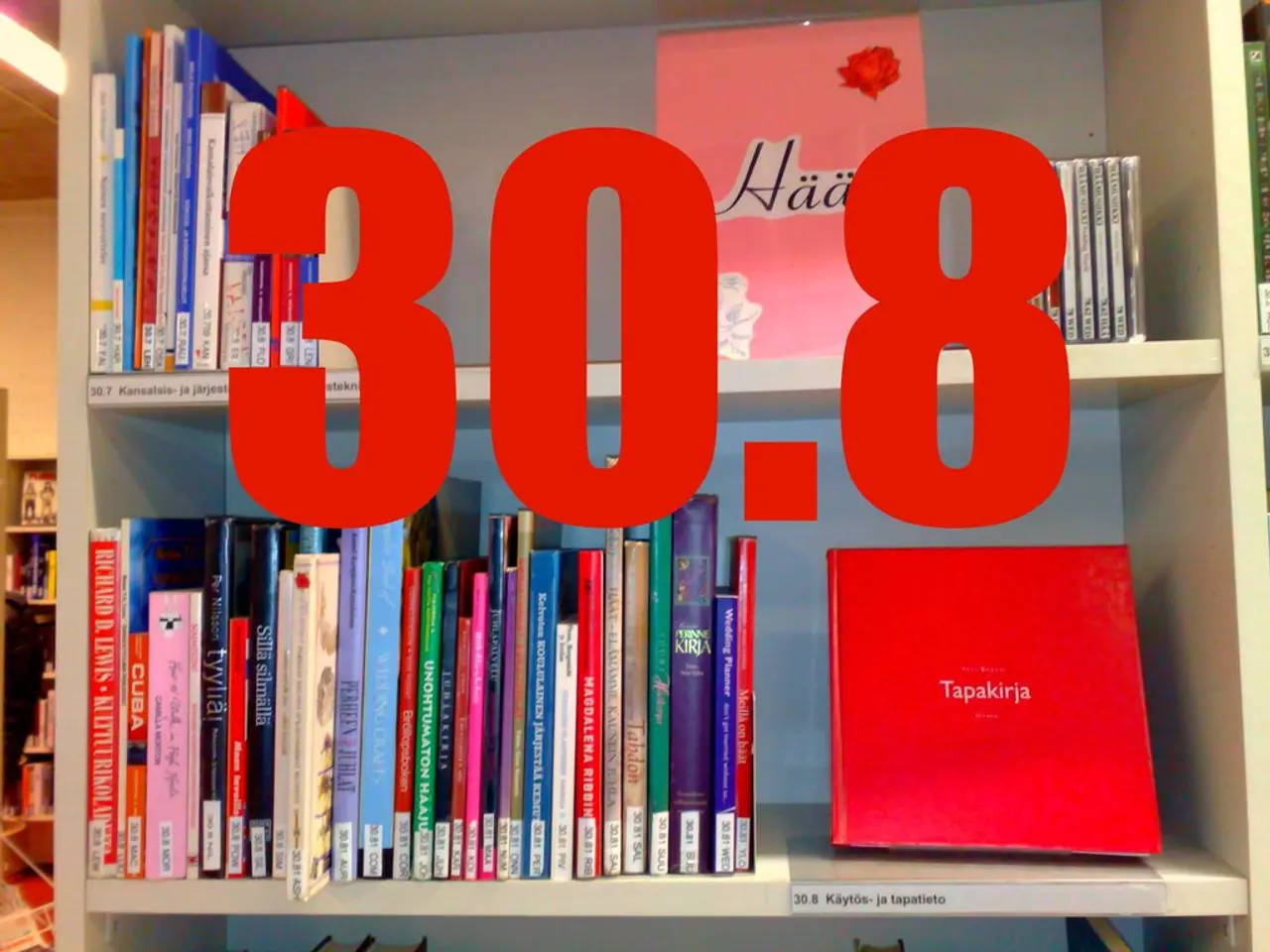Mathematical Patterns Unveiled in Design, Ranging from Fibonacci to Fractals
==================================================================
Mathematics has long been an integral part of art and design, providing a rich palette of concepts that contribute unique aesthetic and structural qualities. The Fibonacci sequence, golden ratio, chaos theory, polyhedra, and fractals are just a few examples of mathematical principles that have found their way into the creative realm.
Fibonacci Sequence and Golden Ratio
The Fibonacci sequence, a series where each number is the sum of the two preceding ones, is closely related to the golden ratio (approximately 1.618). This ratio, famously linked with the Fibonacci sequence, has been used historically in art and design to achieve visually pleasing proportions and harmony. Artists and designers use it to divide lines or spaces aesthetically, creating balanced and attractive compositions. For example, geometric divisions based on the golden ratio guide the layout and structure in paintings, sculptures, and architectural designs.
Chaos Theory
Though less explicitly covered in the search results, chaos theory relates to the use of complex, seemingly random, yet deterministic patterns that can inspire dynamic and organic forms in art and design. Artists sometimes incorporate chaotic patterns to evoke movement and complexity, exploring sensory perceptions and multiple perspectives as seen in works by artists like M.C. Escher.
Polyhedra
Polyhedra, including Platonic and Archimedean solids, serve as potent sources of inspiration and structure in artistic and architectural design. Artists like Escher masterfully used these solids for creating intricate and mind-bending visual effects, including tessellation and impossible constructions. Their geometric properties enable the exploration of symmetry, perspective, and spatial relationships. Sculptors and designers build physical models or virtual representations of these forms to create harmonious and intricate artworks.
Fractals
Fractals reflect self-similar, infinitely repeating patterns at every scale and have been applied in art and design to create intricate, detailed patterns that mimic natural forms such as plants, coastlines, or clouds. This use helps achieve complexity and aesthetic appeal through mathematical iteration and scaling. Such patterns can appear in digital art, textiles, and architectural details.
Mathematical aesthetics are about numbers, relationships, variables, formulas, and quantities in design. Additional mathematical principles, such as Euclidean geometry and dilation (geometric scaling), directly support the application of these concepts by enabling artists and designers to construct, transform, and scale shapes and objects precisely while maintaining proportion and harmony.
Therefore, mathematics provides fundamental tools and inspiring frameworks for artists and designers to create visually harmonious, structurally sound, and conceptually rich works through these specific mathematical concepts and others.
Artificial intelligence could be harnessed in the field of education and self-development, using mathematical principles like the Fibonacci sequence and golden ratio to create engaging and aesthetically pleasing learning materials, thereby fostering lifelong learning.
Incorporating concepts from chaos theory in educational platforms could lead to the development of dynamic, adaptive, and engaging learning environments that stimulate critical thinking and promote a holistic understanding of complex subjects.




